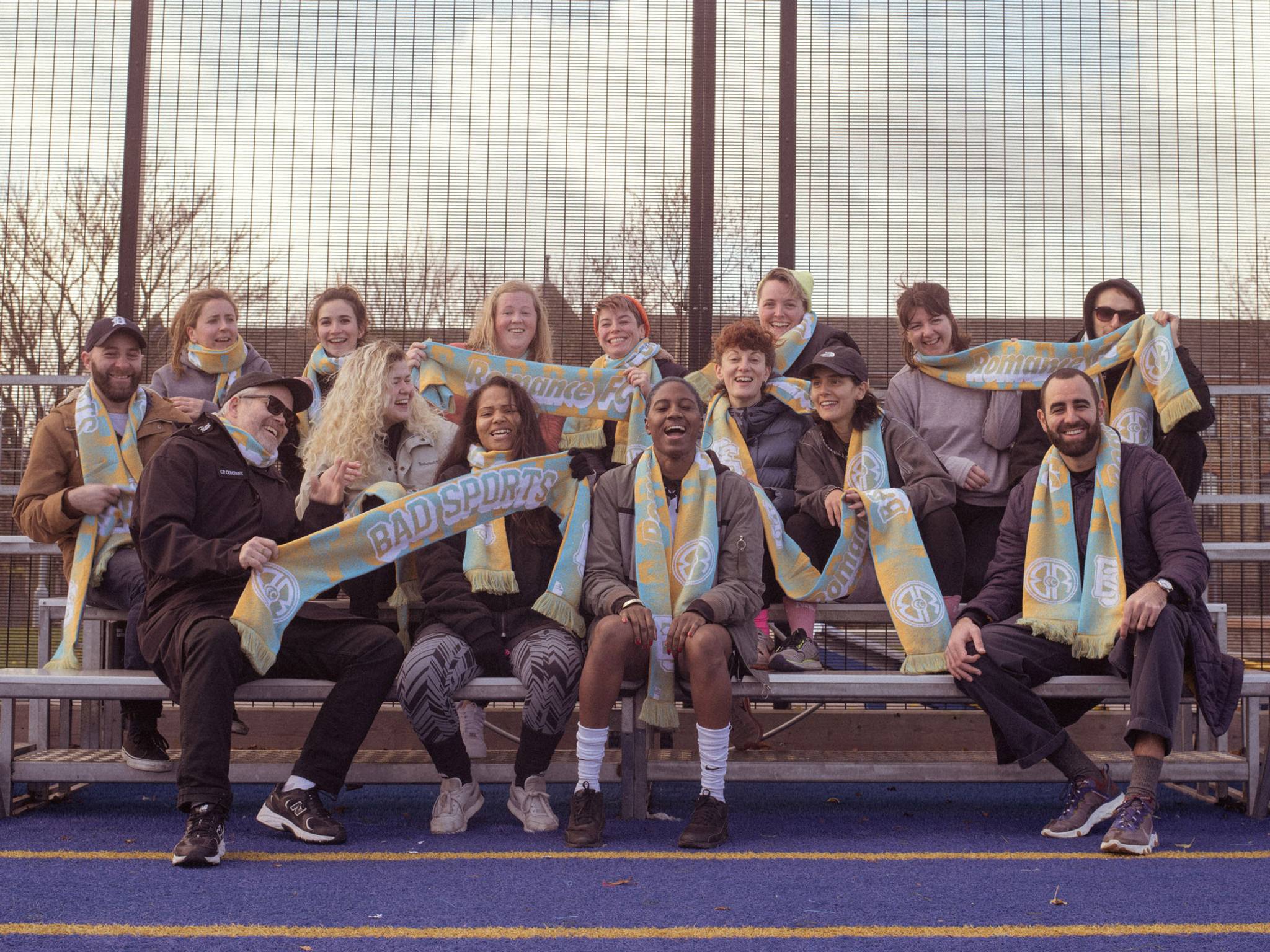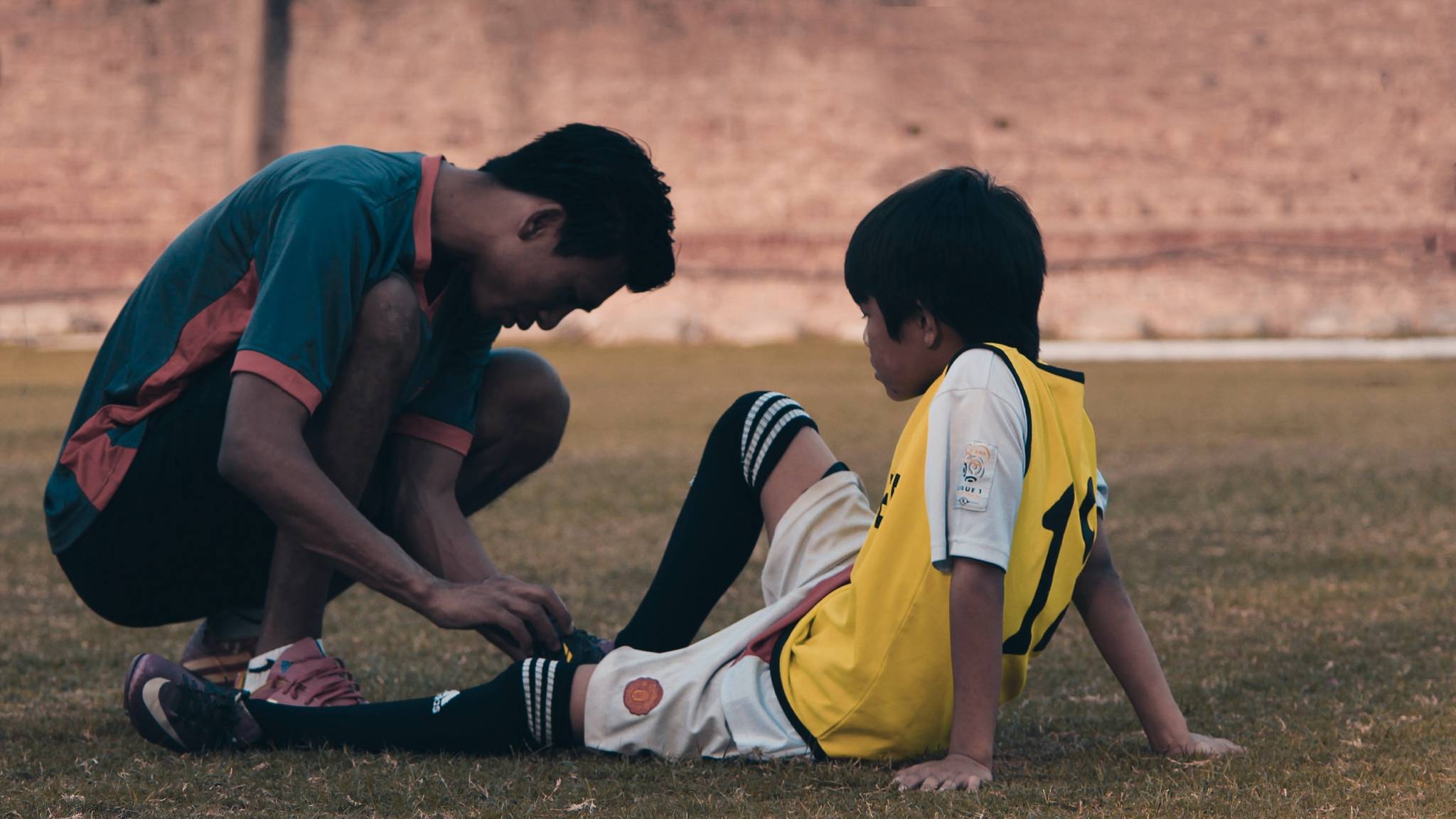
Women's football is experiencing a rise in popularity thanks to greater sports inclusion, new initiatives and the Lionesses' victory in the 2022 Euros. As fans and brands alike recognise the importance of diversity and representation in football, shifting attitudes are opening up the sports world.
2022 can be defined in many different ways, none of which are particularly pleasant – an ongoing permacrisis, inflationary rises, political tension, and so on. The desire for a departure from the norm reached a fever pitch, and perhaps no greater form of escapism was seen as evidenced in the celebration of The Lionesses Euro victory.
It was one of the stand-out feel-good moments of last year, something which resonated with fans across the board. From Jill Scott towering over an opponent and delivering a few choice expletives to Chloe Kelly’s unbridled joy at scoring the winner in the final, the tournament created memories, memes and inspired hope for a generation of young female players.
Yet as the 2023 World Cup approaches, the Lionesses, travelling as one of the favourites to win the tournament, have yet to agree on performance-related bonuses with the FA, symbolic of the strange position women’s football has found itself in – on-field excellence offset by the need for off-field developments.
The interest in women's football is clear, with 72% of British football fans stating they plan on watching the upcoming World Cup. The sport has been going from strength to strength in the UK recently as viewing figures are increasing, the National Team now receives the same pay as their male counterparts and the victory at the Euros was the cherry on top of the cake.
This can also be seen in the increased initiatives in women's football. From Disney encouraging young girls to play football with an animation that champions England's female national team to Nike and Martine Rose championing genderless sports fashion and Lego demonstrating what happens when young girls are allowed to play, heightened visibility is a powerful tool making young girls and women feel better seen in football.
But even though 63% of women agree that sports sponsors should give male and female teams equal coverage, a quick social media scroll shows gendered biases still exist. And while success is evident at the highest level as former Lionesses midfielder Karen Carney estimates women's football in England could be a billion-pound industry in the next decade, issues remain that prevent it from being truly inclusive.
For example, 82% of female football players say ill-fitting boots could affect their performance as the market is dominated by brands that primarily cater to White males. What’s more, although the success of the Lionesses led to an outpouring of joy, a report from Football Beyond Borders shows that there's still work to be done to increase engagement in women’s football.
As brands like Volkswagen debunk stereotypes and challenge the use of the phrase 'women’s football', progressive discussions are pushing for a more inclusive football future. But there's still a need for tangible change that solves issues beyond social stigmas. That's why in Australia, the AFLW scrapped white shorts for female competitors to ease concerns around menstruation and active participation.
So, with the FIFA Women's World Cup 2023 fast approaching, women's football is experiencing an era of popularity never seen before as footie conversations begin to take over culture. While issues remain, the steps and progress made so far suggest a bright future for women in the sporting landscape, one where they feel seen, welcome and heard.



